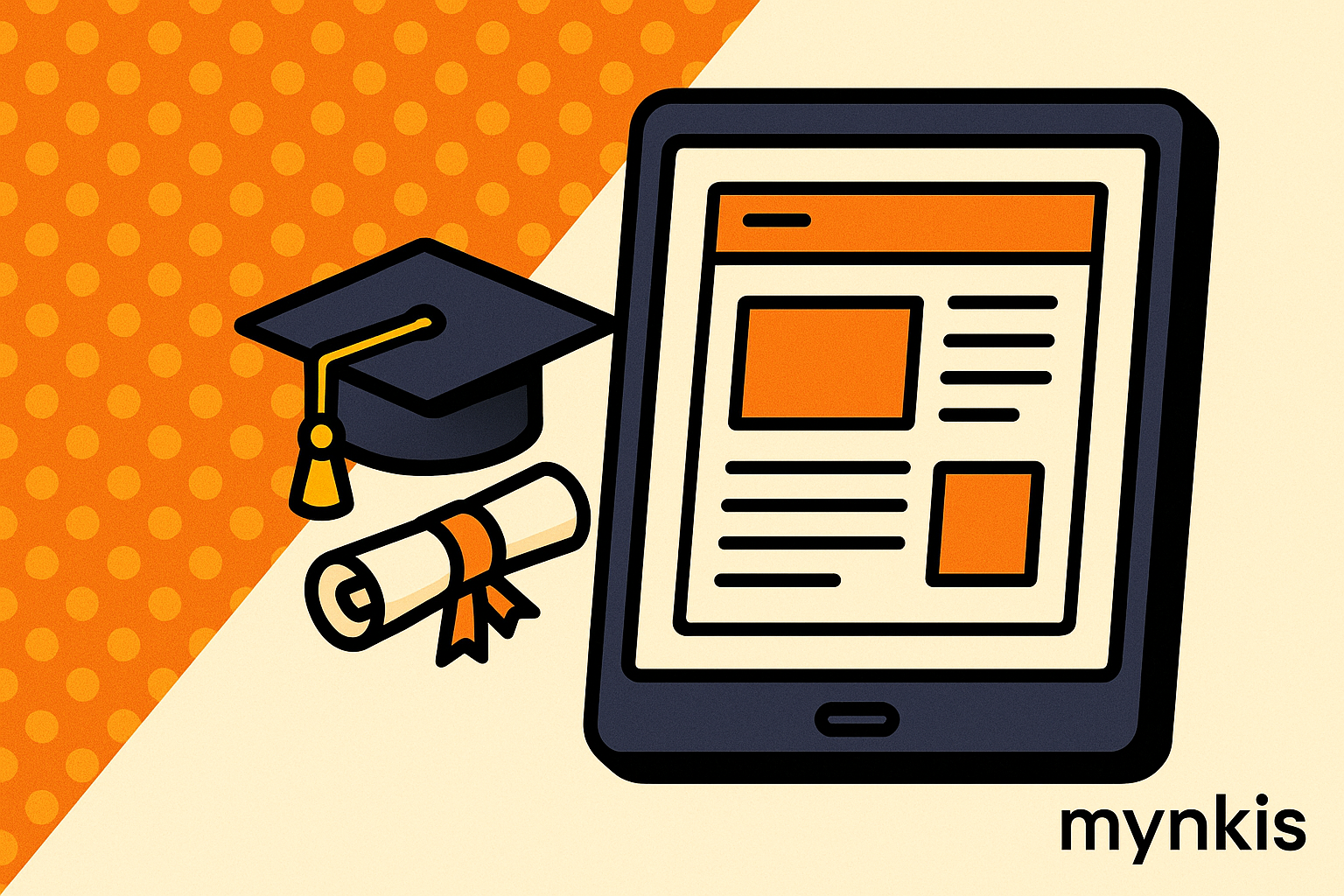Schedule a Demo
As we gear up for 2025, one of the foremost trends in website design, particularly relevant for educational platforms, is the rise of asynchronous interfaces. In my conversations with technology directors from top universities, I've noticed a shift towards interfaces that allow users to engage at their own pace, especially crucial for asynchronous learning environments.
Asynchronous interfaces support a variety of learning styles and schedules, which is key in today's higher education landscape where students are often juggling multiple responsibilities. They enable educational content to be accessed in a non-linear fashion, improving user experience and engagement. This trend speaks volumes about the future of custom software development, where the emphasis will be on flexibility and personalization.
Moving forward into 2025, the integration of augmented reality (AR) into web design will take learning to new dimensions. Schools and universities exploring custom learning management systems would do well to consider how AR can enrich their platforms. AR allows for interactive models that can transform the way students understand complex subjects like science and engineering.
I remember discussing this with a dean from a leading engineering school, who shared how their pilot program using AR allowed students to dissect a virtual engine, enhancing their learning experience significantly. For institutions aiming to attract the tech-savvy, forward-thinking students, incorporating AR into their LMS could be a game-changer.
The demand for accessible web design isn't new, but by 2025, it's poised to become a top priority for educational institutions. I've collaborated with several universities focused on improving their websites' usability for students with disabilities. Features like screen readers, high-contrast modes, and keyboard navigation will not just be best practices but essential components of any site.
Based on available research, institutions that prioritize web accessibility see a notable increase in engagement from their entire student body. Not only does this cater to specific needs, but it also fosters an inclusive learning environment. Crafting an enterprise web solution that's universally accessible can position an educational institution as a leader in digital inclusivity.
Sustainability is no longer just a buzzword; by 2025, it will influence how websites are designed, especially for sectors with strong social missions like education. Universities are increasingly aware of their digital carbon footprint and are looking to partner with agencies that can deliver custom software development keeping environmental impact in mind.
Recently, I was part of a project where the focus was on optimizing server efficiency and reducing data loads, which translates to a leaner, greener website design. From using light content formats to designing websites that run smoothly on less powerful devices, sustainability in web design can resonate strongly with environmentally conscious students and stakeholders.
By 2025, the trend towards micro-interactions in website design will gain momentum in the educational sector. These subtle yet powerful features, like a small animation when a user completes a task, enhance user engagement without overwhelming the interface. They're perfect for learning platforms where positive feedback can motivate continued learning.
I once helped a client integrate micro-interactions into their LMS, and the feedback was overwhelmingly positive—users felt more connected to the platform, likening their learning journey to a game with immediate rewards. This level of engagement can be critical for keeping students motivated, especially in self-directed courses.
As we step into 2025, data-driven personalization will be key in delivering tailored educational experiences through websites. Leveraging data analytics to understand how students interact with learning materials can guide the creation of a truly bespoke custom learning management system. For schools aiming to increase retention and enhance learning outcomes, personalized content can be a powerful tool.
In my experience, universities that implement data-driven design witness increased student satisfaction rates. By analyzing user behavior, institutions can adjust the website's flow and content presentation to match individual learning needs. This isn't just about improving user experience; it's about optimizing the learning journey for every student.
Looking ahead, the emergence of voice-activation in educational websites will mark a significant trend for 2025. Imagine students being able to ask their LMS a question aloud and receiving a response in a conversational manner. This evolution in enterprise web solutions can cater to a variety of learning preferences and accessibility needs.
During a recent visit to a tech expo, I experimented with voice-enabled educational content. The ability to interact with learning materials through voice commands transformed the user experience, making it more intuitive and inclusive. As voice recognition technology improves, its integration into education will likely accelerate.
AI tutoring integrated into learning management systems is another trend set to take off in 2025. For educational institutions, offering an LMS that includes AI-driven personalized tutoring can be a significant draw. In my work, I've observed how AI can adapt content in real-time based on student responses, thus personalizing the learning path.
Given the current pace of AI development, by 2025, AI tutors could rival human counterparts in certain areas. The potential for such technology to offer instant, 24/7 assistance in various subjects is immense. The question isn't whether AI will transform education but how quickly and effectively institutions can adopt these innovations.
Looking toward 2025, the realm of custom software development and enterprise web solutions will continue to evolve, especially in education. Schools and universities need to stay abreast of trends like asynchronous interfaces, AR enhancements, accessibility, sustainability, micro-interactions, personalization, voice-activation, and AI tutoring.
I'm constantly amazed at how fast the digital world moves and the opportunities it presents for enhancing education. By strategically implementing these trends into their online platforms, educational institutions can not only meet the current demands of students and educators but also set themselves apart as pioneers in the digital landscape.
